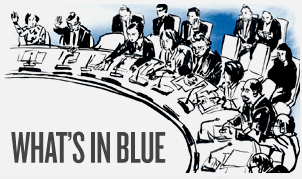Continuing Negotiations on a Syria Draft Resolution
Council members are continuing this afternoon (13 April), at permanent representative level, to try to come to an agreement on a draft resolution on Syria authorising the deployment of an advance team of 30 unarmed military observers to Syria to supervise the cessation of violence by all parties.
This afternoon the Secretariat was asked to put two draft resolutions in blue. The first draft was originally circulated by the US yesterday and co-sponsored by Colombia, France, Germany, Morocco, Portugal, the UK and the US. The second draft was prepared by Russia and appears to have been circulated this afternoon for the first time. It seems this afternoon’s negotiations are on the US draft resolution but it seems likely that Russia will want to have its text considered as well. Given the differences that seem to exist between the two texts in blue, it is uncertain when a draft will be put to a vote.
Both resolutions call for the authorisation of an advance team of military observers. However, there are several significant differences particularly related to references to Joint UN-Arab League Special Envoy Kofi Annan’s six-point plan, the Syrian government’s commitments, humanitarian access and human rights language as well as the conditions required for the advance team.
While both drafts reaffirm the Council’s support for Annan, it seems the Russian text omits reference to the 16 February General Assembly resolution and relevant resolutions of the Arab League which provide the basis for Annan’s mandate. It appears that it likewise makes minimal reference to the presidential statement adopted by the Council on 5 April on the six-point plan.
In addition, while the Russian draft affirms its support for the implementation of the six-point proposal, it apparently has omitted the annex detailing the six-point plan. Generally it seems that the Russian text contains references to Annan’s mandate and plan that are more generic than in the US draft resolution.
On the issue of the Syrian government’s commitment to cease troop movements and usage of heavy weapons in population centres and to withdraw its troops and weapons from such centres, the Russian draft, while mentioning the 1 April letter in which Damascus agreed to Annan’s plan, does not specify these commitments.
While both drafts note Annan’s assessment that there appears to be a cessation of violence as of 12 April, it seems that the Russian draft indicates implementation of commitments by the Syrian government beyond what appears to be happening on the ground.
Also unlike the US draft resolution, it seems the Russian draft does not include any condemnation of human rights abuses by Syrian authorities or any expression of regret for the thousands of people killed so far. It also seemingly omits any reference to the need for humanitarian access.
With regard to the advance team, both drafts apparently call on all parties to guarantee the safety of the team and stress that primary responsibility in this regard lies with the Syrian authorities. However, the Russian draft seems to fail to include details on the requisite environment for unimpeded access and freedom of movement for the advance team to function effectively.
Russia has repeatedly expressed support for Annan and his plan, but its draft seems to signal a more cautious approach to defining too clearly what Syria’s commitments are in a binding resolution which could lead to further steps by the Council in case of non-compliance.

